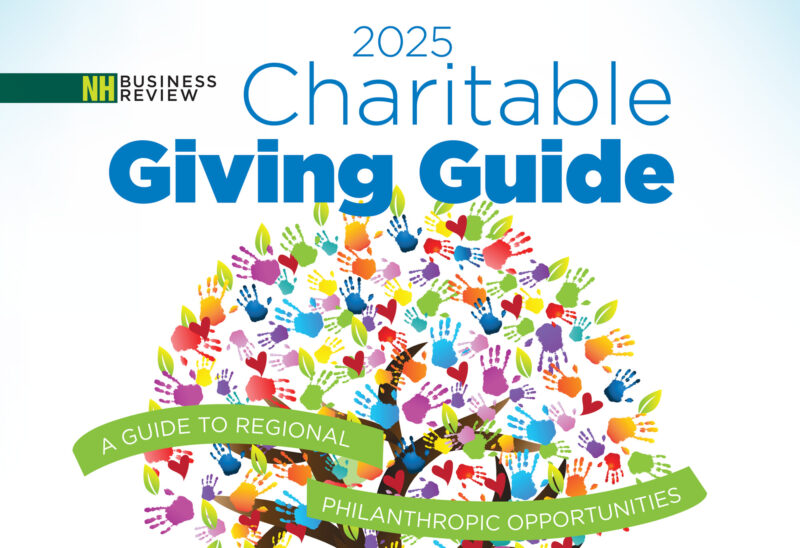A critical component of efficient charitable planning is deciding what type of asset to donate. Regrettably, more than 90 percent of all donations in this country come in the form of cash. If a donor has other appreciated long-term-gain assets, cash is probably not the donors’ best option. For major donors, cash is usually the smallest component of their balance sheets, is usually the least tax-efficient way to donate and cash gifts have the most impact on their lifestyle. For many of those same donors, their largest assets are non-cash or illiquid assets like real estate, closely held business interests, collectibles and other items. And these assets may give a donor the ability to give far more — and fund many more good works.
Increasingly, professional advisors are recommending that these types of assets be used for charitable giving, and many community foundations have seen a major increase in such donations – which increase the pool of dollars available for grantmaking. Take an example of someone who wants to give generously now, but does not have a lot of cash on-hand to give. She may have other assets that could help her achieve her charitable intent. Perhaps she purchased a quadraplex in 1984 for $150,000 as a rental property. Today, the property is worth $500,000, but because it was depreciated each year, the current adjusted tax basis is $0. Said simply, if the donor sells the property today, she would have to recognize $500,000 of long-term capital gains tax. Her advisor knew of her charitable wishes and knew that she already had a fund with the New Hampshire Charitable Foundation. So the advisor suggested she donate the property to the Foundation, for which she would likely receive a full fair market value deduction of $500,000. The Foundation, as a nonprofit organization, can sell the property with no capital gains tax, which means this donor has now funded her charitable giving — support for early childhood education, the arts, environmental protection and other good works — at a higher level than she could have with cash, and with the most tax-efficient asset possible. And it didn’t take any of her available cash to do it. If $500,000 was more than she wished to donate, she could simply give half of the property for many of the same benefits while retaining the other half (and having to pay capital gains tax on that portion, of course).
This real estate scenario would also generally hold true for privately held C-corporation stock, S-corporation stock, LLC interests, LP interests, collectibles and all kinds of other long-term-gain assets. Benefits may differ for these respective assets, but most always, the benefits outweigh those of giving with cash. So if you are thinking about how to help your clients create a charitable plan that supports the causes and organizations they care about the most — and do so in the most tax-efficient way possible, I would strongly encourage you to think beyond cash.
Bryan Clontz, CFP®, CLU, ChFC, CAP, AEP, is founder and President of Charitable Solutions, LLC in Jacksonville, FL. He is former director of planned giving for the United Way of Metropolitan Atlanta, national director of planned giving for Boys & Girls Clubs of America and vice president of advancement at The Community Foundation for Greater Atlanta.
Clontz presented “There’s a Way to Give that Away: Creative Charitable Planning for all Kinds of Assets,” at a recent Foundation seminar for professional advisors.














![Oluwakemi Olokunboyo of Dover received a McNabb scholarship to study nursing at Great Bay Community College [Photo by Cheryl Senter]](https://www.nhcf.org/wp-content/uploads/2024/05/Scholarship-Hero-800x548.jpg)
![Indrika Arnold, Senior Wealth Advisor, the Colony Group [Photo by Cheryl Senter]](https://www.nhcf.org/wp-content/uploads/2024/05/Indrika-Arnold-Hero-800x534.jpg)


